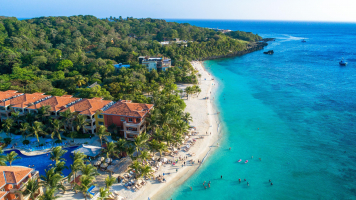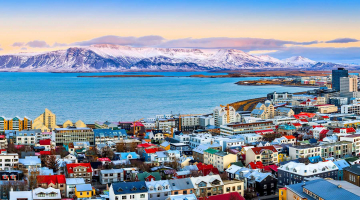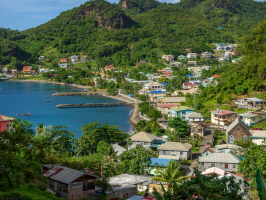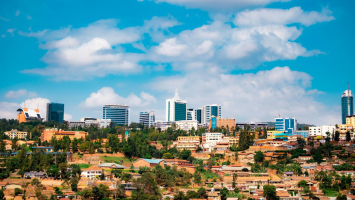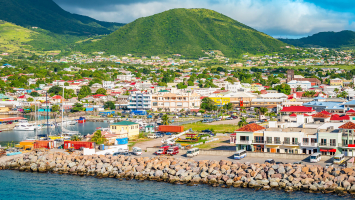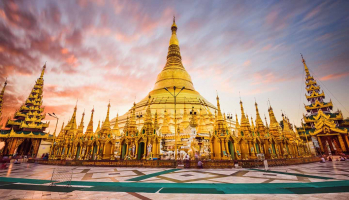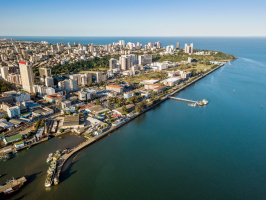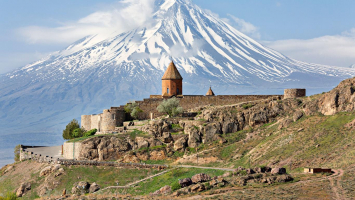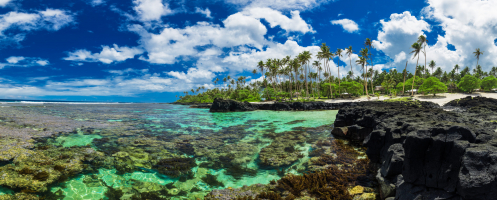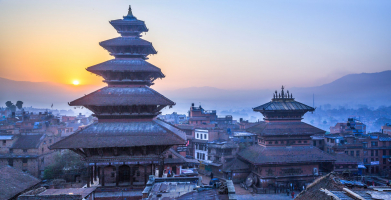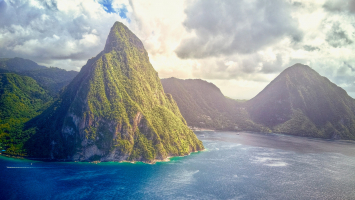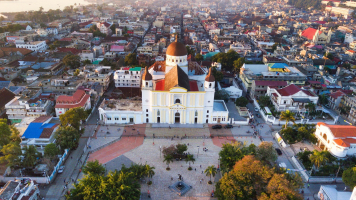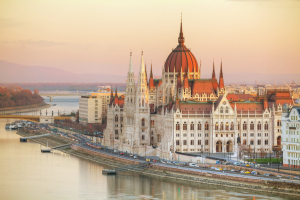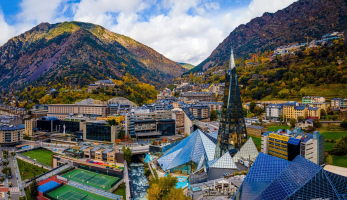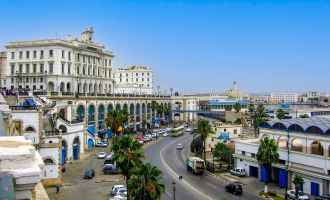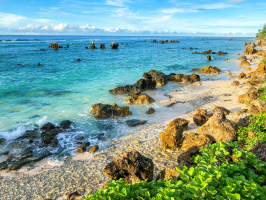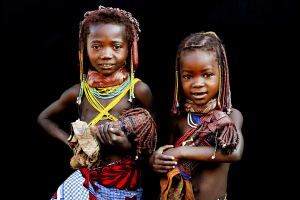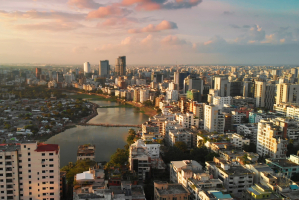Top 6 Bahamas Cultural Characteristics
Every year, countless travelers travel to The Bahamas in search of an island getaway with sea, sand, and sun. While we like welcoming visitors from all over ... read more...the world into this land, many passes up the chance to fully immerse themselves in Bahamian culture. Toplist has compiled this article to introduce you to a bit of Bahamian culture and encourage you to visit and learn more about the islands.
-
Bahamians frequently employ humor in a variety of contexts and have an excellent sense of humor. The usage of self-deprecating remarks or jokes is one aspect of this that has a distinct cultural component. This is essentially a result of the populace's intolerance for superiority and contempt.
People who are modest and humble are respected. Self-deprecation shows their grounded senses, especially if it is done in a humorous way. They are adept at making fun of others while also making fun of themselves. The act of making fun of one another is considered to be amusing banter.
Additionally, Bahamas are renowned for their informality, friendliness, and warmth. They are really polite and uphold etiquette, though. They enjoy getting to know people, greeting strangers, and opening their homes to them as an extension of their hospitality. The most typical technique to develop a relationship is through meal sharing.
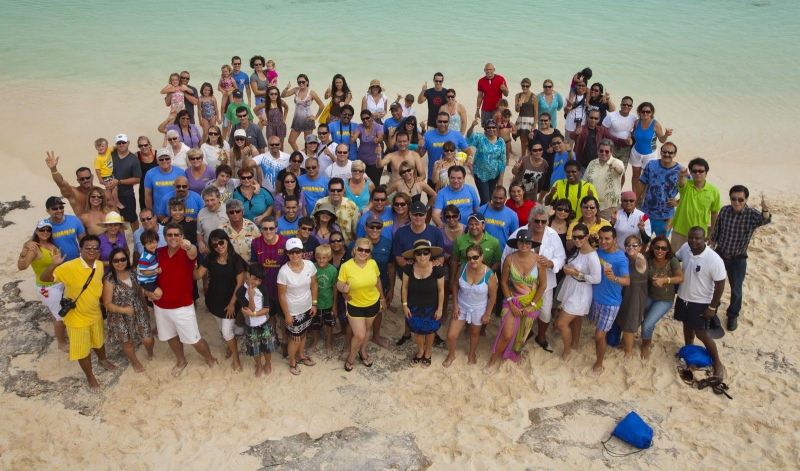
https://www.pinterest.com 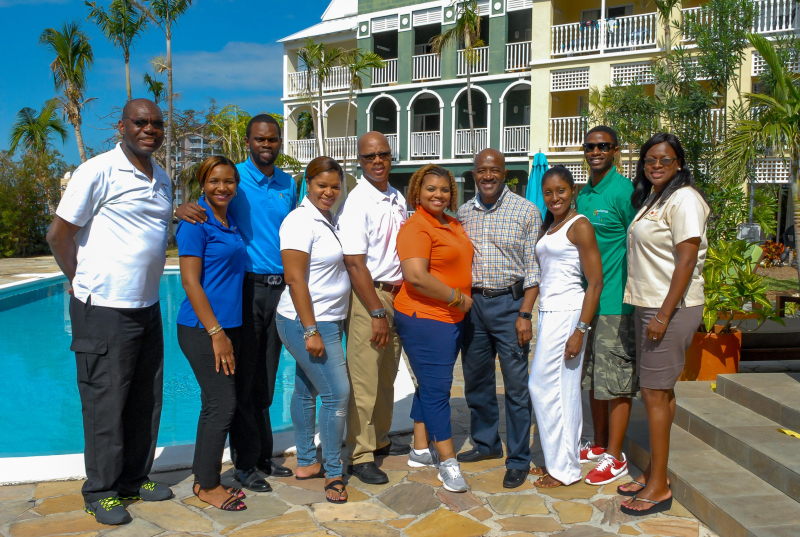
https://www.tourismtoday.com -
In general, Bahamians are serious about their faith. The majority religion practiced in the Bahamas is Christianity, which is deeply held by the people there. However, freedom of expression is protected by the Bahamian Constitution. They are all fervent Christians. Everyday speech frequently includes Bible quotations, references to official initiatives or events, and brief prayers at the beginning. Sunday is a day for attending church and praying. When attending religious services, people dress to the nines.
In the Bahamas, the week following Christmas is one big party. Bahamians dress in masquerade costumes and dance to goombay music from Boxing Day to the Junkanoo Parade on New Year's Day. The African slaves who created goombay, an indigenous musical style, utilized songs to pass down traditions and provide social commentary. People move to the music and lose themselves in the eerie melodies to the beat of goatskin drums.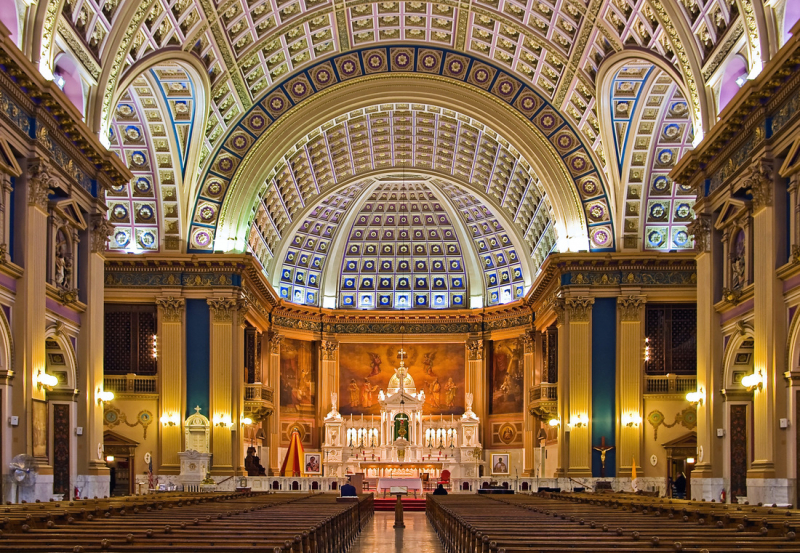
https://bahamasrocks.weebly.com 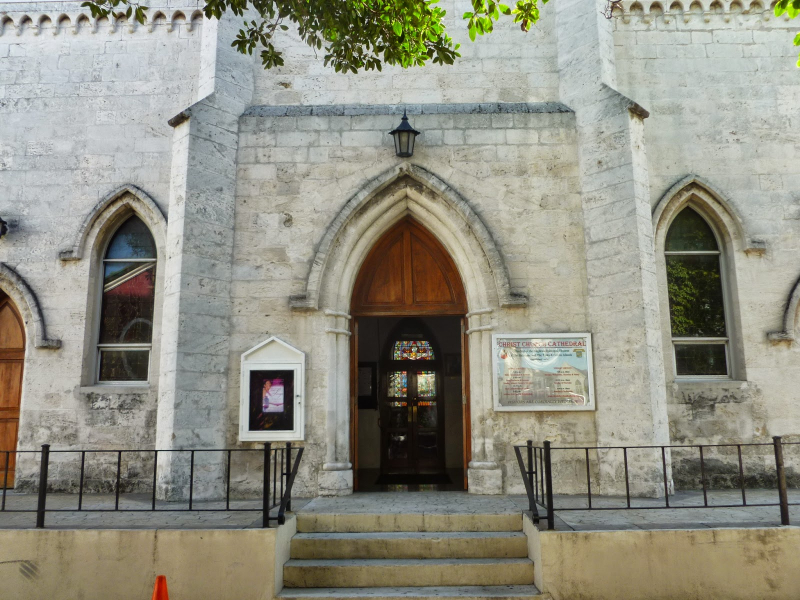
http://tm01001.blogspot.com -
The most authentic aspect of Bahamian culture is Junkanoo. Locals can express themselves during celebrations through boisterous music, energetic dancing, happy singing, and vibrant art. One of the three original Indigenous music and dance genres, along with Goombay and Rake 'n' Scrape, it also includes these two other genres. Goatskin drums, cowbells, whistles, and "rushin'" to the music are all hallmarks of a Junkanoo celebration and represent the heartbeat of the country. Many works of art and music in The Bahamas today bear historical imprints of the African, Arawakan, and Christian cultures.
Junkanoo is the most traditional and distinctive aspect of Bahamian culture. It is a style of music and dance that was created in The Bahamas when slavery still existed. It has stayed surprisingly constant over the years and is a celebratory parade filled with vibrant costumes, goatskin drums, ringing cowbells, whistles, and horns. Rushing is a low, rhythmic dance that the parade moves through.
It is customary for the festivities to start early on Boxing Day (26 December) and end at sunrise on New Year's Day. In a fierce competition that embodies the enthusiasm of all Bahamians at this particularly unique time of the year, the paraders "rush" in organized groups and are judged on costume theme and performance.
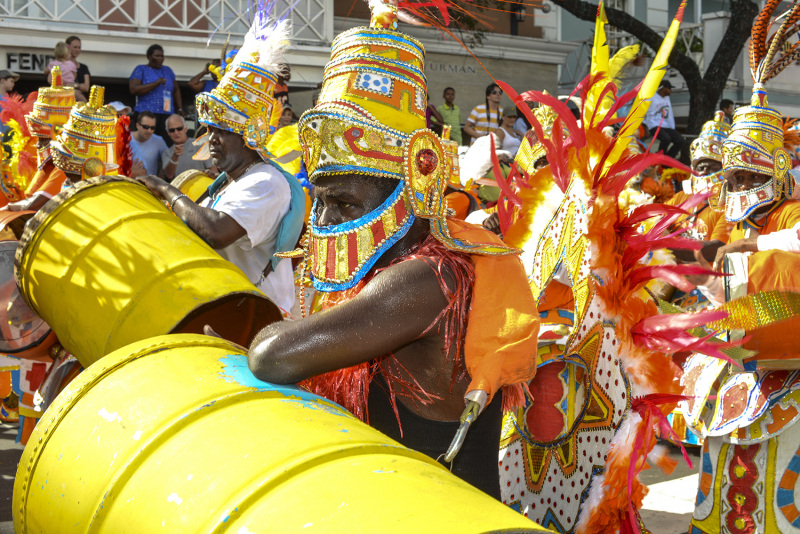
https://www.beach.com/ 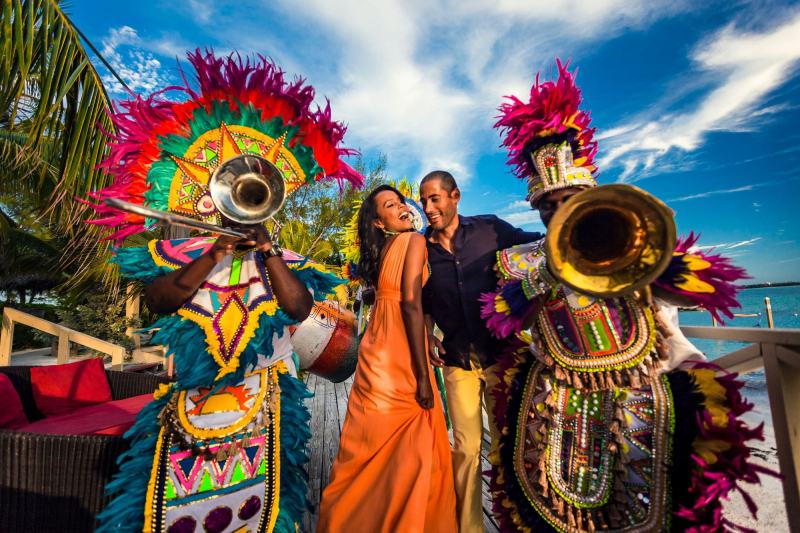
https://www.sandals.com -
The arts have a significant role in Bahamian culture. This artistic expression is based on the dramatic themes and vivid colors of Junkanoo, but it is also strongly influenced by the way of life, social battles, powerful religious influences, and spectacular natural beauty. Numerous Bahamian artists have gained recognition on a global scale.
Straw weaving, wood carving, and art made of coral and stone are some of the most traditional art forms practiced in The Bahamas. Originally, straw weaving was used to make fishing nets and containers for fruits and vegetables. Palm fronds or palmetto leaves were woven into extremely beautiful patterns. Industrialization made the procedure less necessary over time, but the artwork's timeless beauty has made it become a sought-after tourist item. The Straw Market in Nassau is a well-known location with outdoor stalls offering furniture, trinkets, hats, purses, and baskets.
In The Bahamas, music and dancing are an essential aspect of daily life. Song and dance performances, grand parades, and concerts are just a few of the festivals that take place all year long. Afro-Caribbean musical genres like calypso, reggae, and soca are well-liked in The Bahamas. Every year on Boxing Day and New Year's Day, a festival known as Junkanoo is celebrated that features music, dance, and costumes of Akan origin. Much of the music that is a component of Junkanoo is made with cowbells and goatskin drums. Another well-liked musical genre in The Bahamas is known as "rake and scrape," which makes use of handsaws, concertinas (a free-reed instrument), and goombay drums.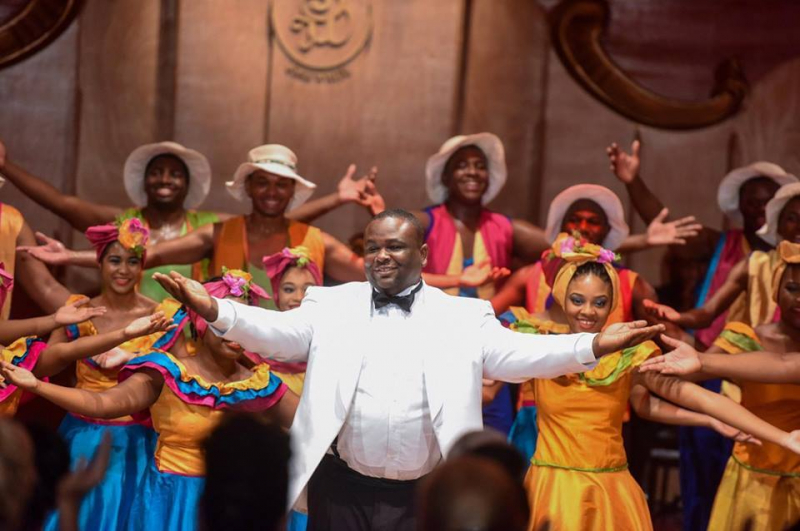
https://madmimi.com/ 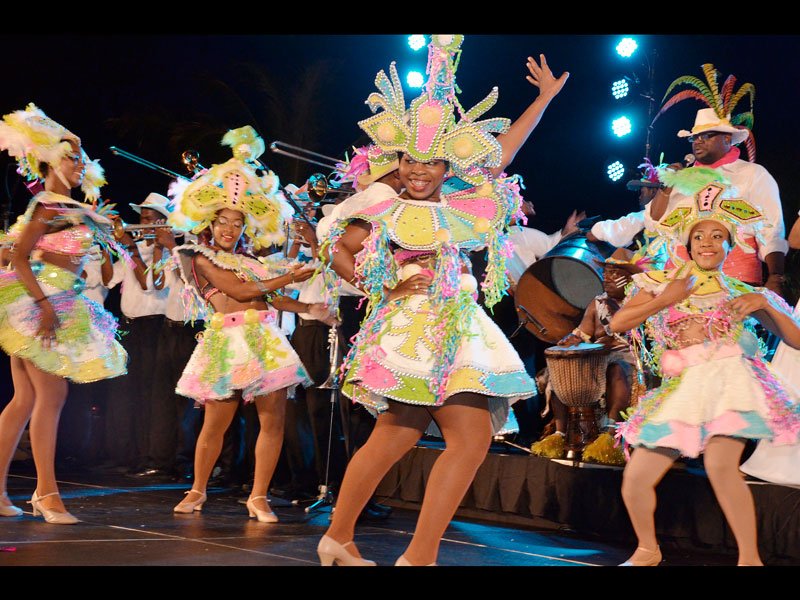
http://jamaica-gleaner.com/ -
Fish, crab, and shellfish are common ingredients in Bahamian cuisine. Rice, tropical fruits, potatoes, pork, and peas are additional staples across the nation. Bahamian cuisine frequently includes the flavors onions, garlic, coconut, cinnamon, chili peppers, and lime. The Bahamas import a sizable portion of their food from other nations. The various types of soups enjoyed in the Bahamas include split pea soup, souse (prepared with chicken, potatoes, pepper, and lime), stewed fish, and conch chowder. The national food is conch, a mollusk with firm, white flesh that can be stewed, deep-fried, steamed, or eaten raw with veggies and lime juice.
The most prevalent meat dishes are chicken, pork, and goat, and additional common seafood dishes include baked crabs, baked bonefish, boiled fish, and fried grouper. Iguanas are hunted and consumed on several of the nearby islands. The classic Bahamian cuisine fire engine is made of white rice and corned beef that has been steamed.
In The Bahamas, side dishes including grits, baked macaroni and cheese, potato salad, and johnnycake are prevalent, while sweets like tarts, bread pudding, rum cake, and guava are well-liked. Common beverages include fruit juices and coconut water. Popular Bahamian lemonade called Switcha is created from limes that are cultivated nearby. While rum, Sky juice, Kalik (Bahamian beer), Goombay Smash, and Planter's Punch are prevalent alcoholic beverages in The Bahamas, Triple B and Goombay Punch are common non-alcoholic drinks.
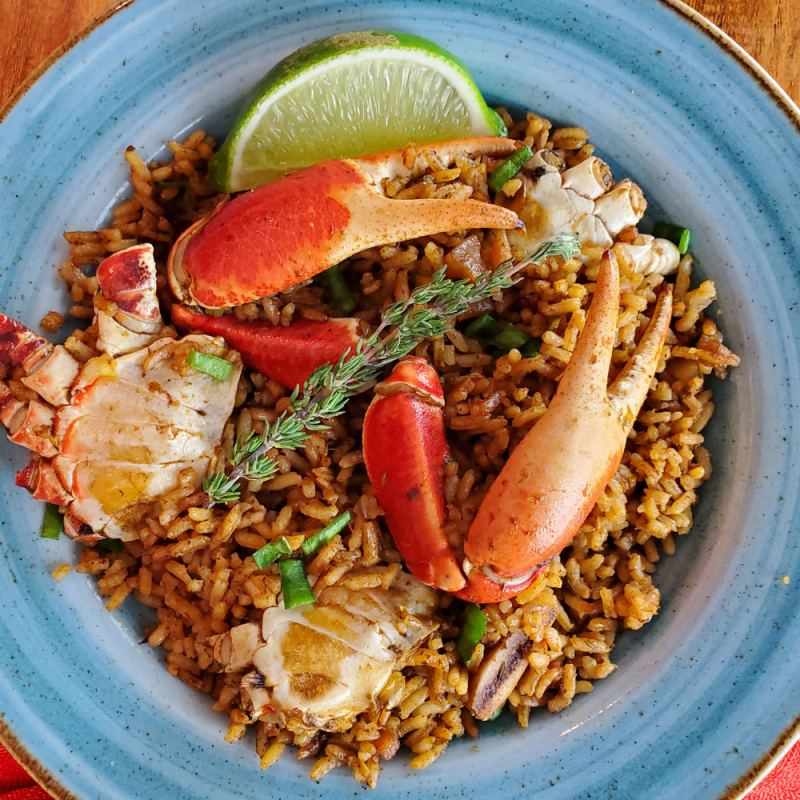
https://www.gamintraveler.com 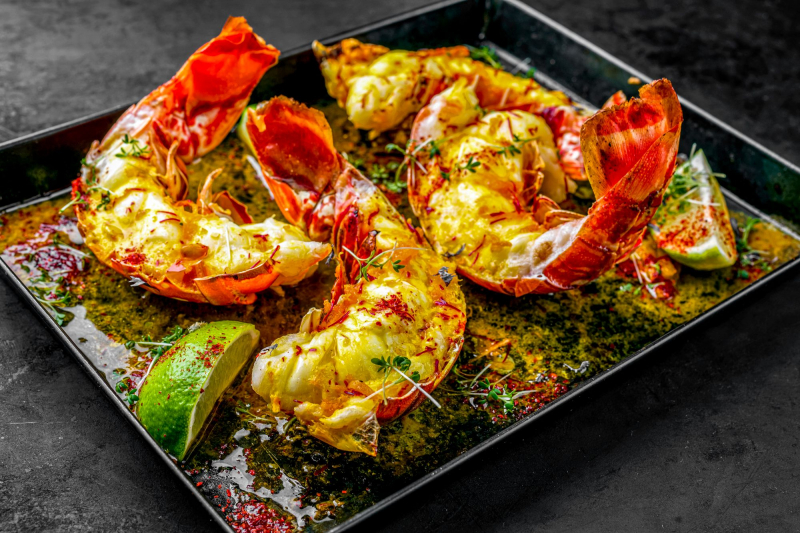
https://www.sandals.com/ -
The oral histories that have been passed down orally down the years in the Bahamas are rich in folktales, legends, heroic tales, and fairy tales. Novels, historical records, and poetry are examples of written literary works. The art of storytelling in the Bahamas is highly regarded, and the stories there frequently include clever themes.
The first Bahamian to publish a literary work was James Gambier, 1st Baron Gambier, in the year 1782. Landscapes, seascapes, and historical event paintings are typical types of artwork created by Bahamian artists and painters. Popular arts and crafts include wood carving, coral and stone art, and straw weaving (which results in lovely hats and baskets).
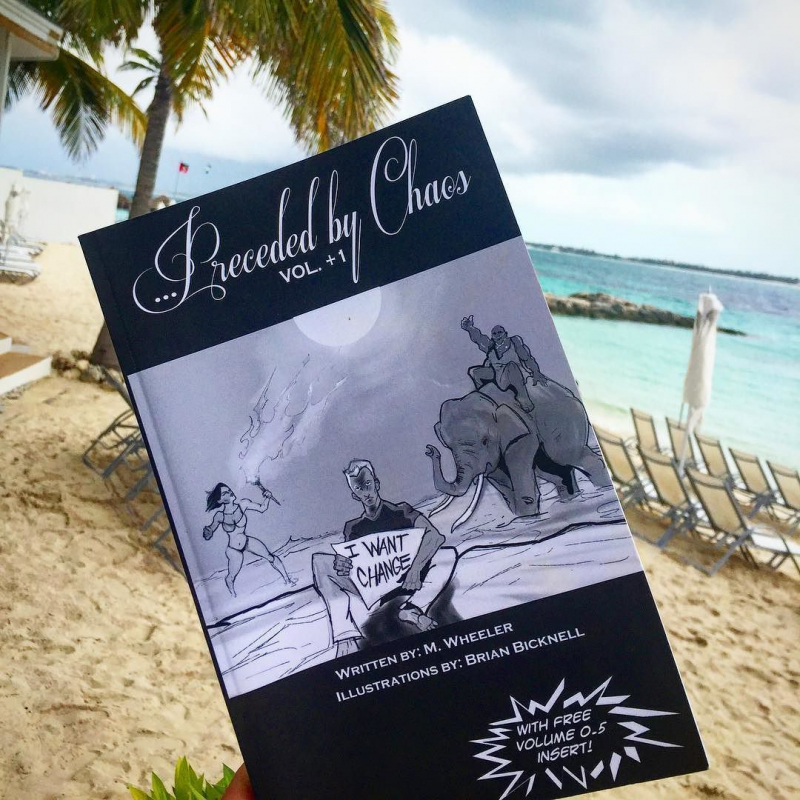
https://www.pinterest.com/ 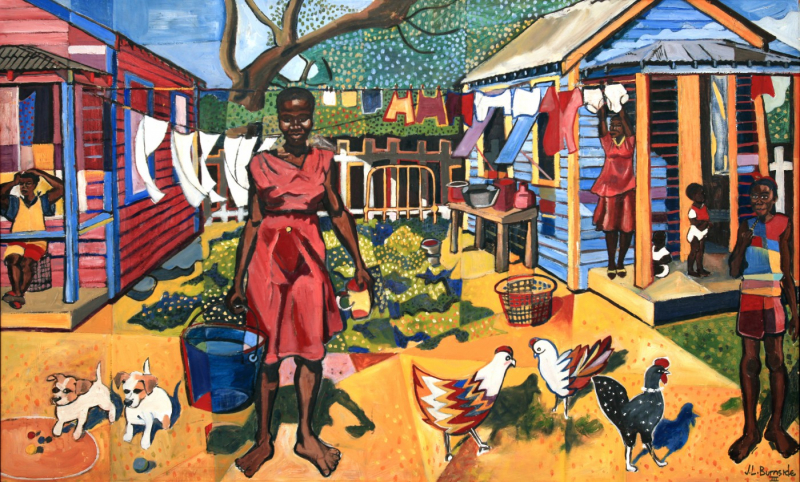
https://www.daguilarartfoundation.com/








